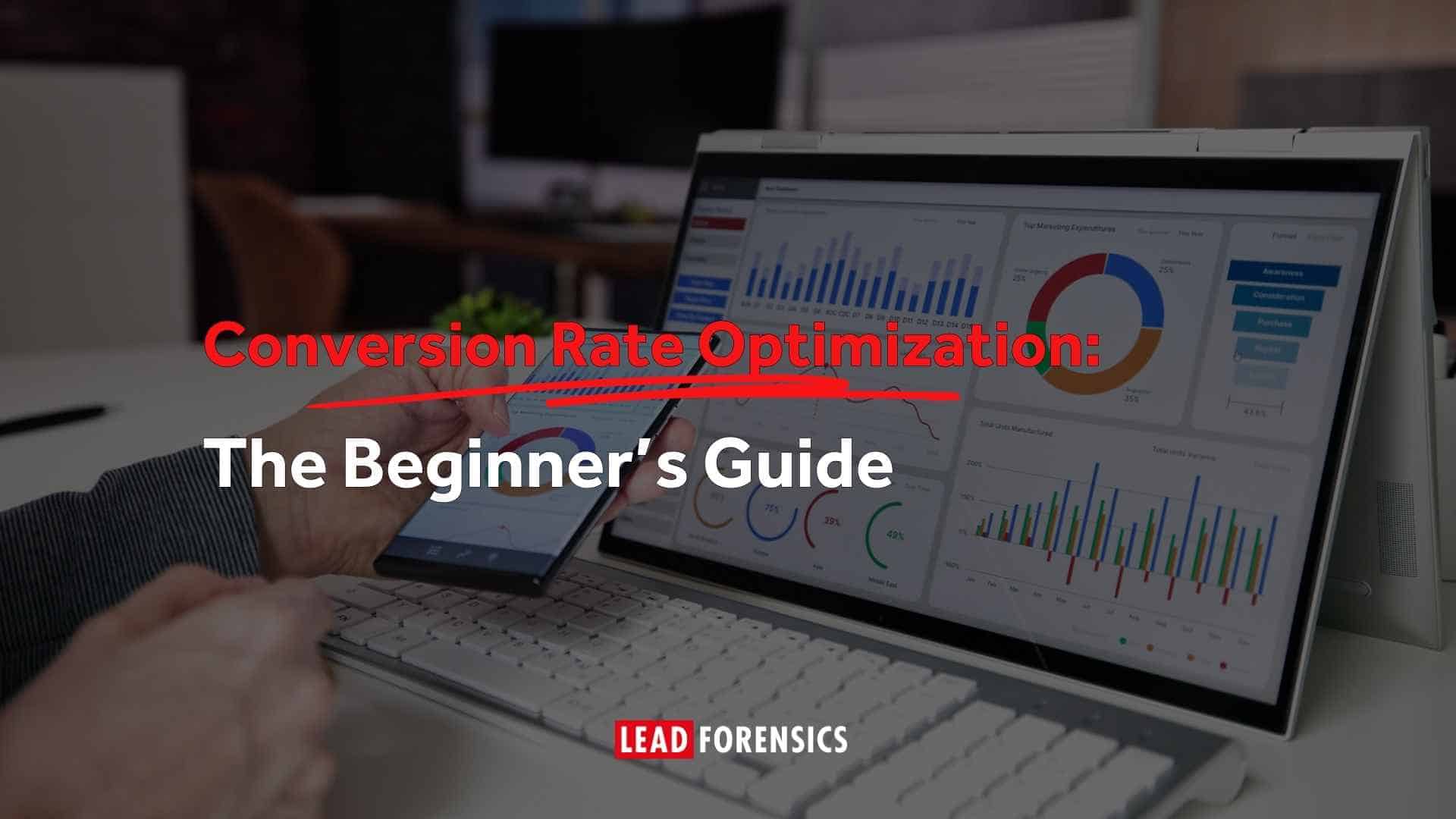Understanding ABM Campaigns
Before diving into the common pitfalls, it is crucial to have a solid understanding of ABM campaigns. At its core, ABM is a strategic approach that focuses on personalized marketing efforts directed at specific accounts. Unlike traditional marketing, ABM treats each account as a market of one, tailoring messaging and tactics to resonate with individual needs and preferences.
ABM campaigns go beyond the one-size-fits-all approach of traditional marketing. They consist of highly-targeted activities designed to engage key decision-makers within the target accounts. This includes personalized content, direct outreach, and account-specific messaging. By focusing efforts on a select group of high-value accounts, organizations can drive better alignment between marketing and sales and increase the chances of conversion.
But what makes ABM so important in modern marketing? In today’s hyper-competitive business landscape, the importance of ABM cannot be overstated. With increasing noise and clutter in the digital space, traditional marketing approaches are becoming less effective. ABM allows organizations to cut through the noise and deliver personalized experiences that capture attention and drive meaningful engagement.
The Basics of ABM Campaigns
ABM campaigns are not just about sending generic messages to a large audience. They require a deep understanding of the target accounts and their specific pain points. By conducting thorough research and analysis, marketers can identify the key decision-makers within each account and craft tailored messages that address their unique challenges.
Personalization is the key to successful ABM campaigns. It goes beyond simply addressing the recipient by name. It involves creating content that speaks directly to the account’s specific needs, goals, and pain points. This level of personalization helps build trust and credibility, making it more likely for the account to engage with the marketing efforts.
Another important aspect of ABM campaigns is the use of multiple channels to reach the target accounts. While email is a common channel, it is not the only one. Marketers can leverage social media platforms, online advertising, and even offline channels like direct mail to deliver their personalized messages. By using a combination of channels, marketers can increase the chances of reaching the target accounts and capturing their attention.
Importance of ABM in Modern Marketing
In today’s digital age, customers are bombarded with countless marketing messages every day. Standing out from the crowd and capturing their attention has become increasingly challenging. This is where ABM shines. By focusing on a select group of high-value accounts, ABM allows marketers to cut through the noise and deliver messages that are relevant and meaningful to the recipients.
ABM also helps bridge the gap between marketing and sales. By aligning their efforts and working together towards a common goal, marketing and sales teams can create a seamless customer journey. With ABM, marketing can provide sales with valuable insights and resources to help them close deals, while sales can provide feedback and data to refine the marketing strategies.
Furthermore, ABM enables marketers to measure and track the success of their campaigns more effectively. By focusing on a smaller number of accounts, marketers can gather more detailed data and insights. This allows them to analyze the effectiveness of their messaging, identify areas for improvement, and make data-driven decisions to optimize future campaigns.
Identifying the Problems in Your ABM Campaigns
Now that we have a solid foundation in ABM, let’s explore the common problems that can hinder the success of your campaigns.
Lack of Clear Goals
One of the primary reasons why ABM campaigns fail is the lack of clear and well-defined goals. Without specific objectives, it becomes challenging to measure success and make data-driven decisions. To overcome this hurdle, align your ABM goals with broader business objectives and ensure they are specific, measurable, achievable, relevant, and time-bound (SMART).
For example, if your business objective is to increase revenue by 20% in the next quarter, your ABM goal could be to generate 50 qualified leads from target accounts within that timeframe. Having clear goals not only helps you track progress but also enables you to evaluate the effectiveness of your ABM strategies and make necessary adjustments.
Inadequate Data Management
Data is the lifeblood of effective ABM campaigns. Without accurate and up-to-date data, organizations cannot personalize their outreach effectively. Invest in robust data management practices, including regular data cleansing, enrichment, and segmentation.
For instance, implementing a customer relationship management (CRM) system can help you centralize and organize your data, making it easier to track and analyze customer interactions. Additionally, consider leveraging third-party data providers to enhance your existing data and gain deeper insights into your target accounts.
Poor Account Selection
Not all accounts are created equal when it comes to ABM campaigns. Ineffective account selection can lead to wasted resources and missed opportunities. Take the time to identify accounts that align with your ideal customer profile and have the highest propensity to convert.
Conduct thorough research and leverage data-driven insights to make informed decisions about which accounts to prioritize. Consider factors such as the account’s industry, size, revenue potential, and past engagement with your brand. By focusing your efforts on the most promising accounts, you can maximize the impact of your ABM campaigns.
Ineffective Content Strategy
Content is the fuel that drives successful ABM campaigns. However, many organizations fail to develop and execute an effective content strategy. To overcome this challenge, start by conducting a content audit to understand what assets you have and identify any gaps.
Develop account-specific content that addresses the pain points and challenges faced by the target accounts. Personalization is key in ABM, so tailor your messaging to resonate with each account. Consider creating different types of content, such as whitepapers, case studies, and webinars, to cater to different stages of the buyer’s journey.
Lack of Alignment Between Sales and Marketing
ABM is a collaborative effort between marketing and sales teams. Without alignment and close coordination, ABM campaigns are likely to falter. Foster a culture of collaboration between the two teams, establish shared goals, and facilitate ongoing communication.
Regularly review performance metrics and adjust strategies as needed to ensure a seamless and cohesive approach. Encourage joint planning sessions and brainstorming to leverage the expertise and insights of both teams. By working together, marketing and sales can create a unified ABM strategy that drives results.
Insufficient Measurement and Reporting
Measuring the success of ABM campaigns is crucial for ongoing optimization and improvement. However, many organizations struggle with inadequate measurement and reporting practices. Implement robust measurement systems that track key performance indicators (KPIs) aligned with your goals.
Leverage analytics tools to gain insights into campaign effectiveness and identify areas for improvement. Monitor metrics such as conversion rates, engagement levels, and revenue generated from target accounts. Regularly share reports and findings with stakeholders to keep everyone informed and engaged in the ABM process.
By addressing these common problems in your ABM campaigns, you can enhance their effectiveness and drive better results. Remember, ABM is an iterative process, so continuously evaluate and refine your strategies to stay ahead in the competitive landscape.
Solutions to Improve Your ABM Campaigns
Now that we have highlighted the common pitfalls, let’s explore actionable solutions to enhance the effectiveness of your ABM campaigns.
Implementing successful Account-Based Marketing (ABM) campaigns requires careful planning and execution. By following these solutions, you can overcome the challenges and maximize the impact of your ABM efforts.
Setting Clear and Measurable Goals
Establish specific, measurable, achievable, relevant, and time-bound (SMART) goals for your ABM campaigns. This will provide a clear direction and help you track progress effectively. Ensure that these goals align with broader business objectives and enable you to measure success accurately. Regularly review your goals and make data-driven adjustments to optimize campaign performance.
For example, if your goal is to increase conversion rates, you can set a specific target percentage increase and track the progress over time. By having clear goals, you can focus your efforts and make informed decisions to drive better results.
Enhancing Your Data Management Practices
Invest in robust data management practices to ensure the accuracy and relevance of your data. Regularly cleanse and update your databases to remove duplicates and outdated information. Segment your target accounts based on relevant criteria, such as industry, company size, or buying behavior. Leverage technology solutions to automate data processes and ensure data integrity.
Continuously evaluate data quality and refine your data management practices to drive better personalization. By having clean and accurate data, you can tailor your messaging and offers to each account’s specific needs and preferences.
Improving Account Selection Process
Refine your account selection process by leveraging data-driven insights and aligning with your ideal customer profile. Conduct thorough research to identify accounts that have a higher likelihood of conversion. Consider factors such as firmographics, buying signals, and account fit to prioritize your efforts.
Continuously monitor and adjust your account selection criteria based on performance and evolving business needs. By focusing on the right accounts, you can allocate your resources effectively and increase the chances of success.
Developing a Robust Content Strategy
Invest time and resources into developing a robust content strategy centered around the needs of your target accounts. Conduct a content audit to identify existing assets and gaps. Develop account-specific content that addresses pain points and provides actionable insights.
Leverage personalization techniques to deliver tailored messaging that resonates with each account. This can include personalized emails, landing pages, and targeted ads. By delivering relevant and valuable content, you can establish credibility and build stronger relationships with your target accounts.
Bridging the Gap Between Sales and Marketing
Foster closer collaboration and alignment between marketing and sales teams. Establish shared goals and ensure ongoing communication to facilitate a seamless ABM approach. Encourage regular meetings and joint planning sessions to strengthen the partnership between the two teams.
Review performance metrics together and make data-driven adjustments to optimize campaign effectiveness. By aligning sales and marketing efforts, you can create a unified customer experience and increase the chances of conversion.
Implementing Effective Measurement and Reporting Systems
Implement robust measurement and reporting systems to track the performance of your ABM campaigns. Define key performance indicators (KPIs) aligned with your goals and collect data on campaign effectiveness. Leverage analytics tools to gain insights into campaign performance and identify areas for improvement.
Regularly review and refine your reporting practices to drive continuous optimization. By analyzing the data and identifying patterns, you can make informed decisions to enhance your ABM campaigns and achieve better results.
In conclusion, ABM campaigns hold immense potential for driving meaningful engagement and conversion with key accounts. However, organizations often face several common challenges that can hinder their success. By understanding these pitfalls and implementing the recommended solutions, organizations can turn their failing ABM campaigns into thriving endeavors that deliver tangible results.
Introducing Lead Forensics
As we delve deeper into the digital age, tools like Lead Forensics emerge as invaluable allies in the ABM journey.
By unraveling the veil of anonymity from website visitors, Lead Forensics equips companies with the knowledge to pinpoint potential leads, tailor outreach efforts, and craft compelling engagements.
With ABM’s targeted approach harmonizing with Lead Forensics’ visitor identification prowess, businesses can elevate their strategies, foster lasting relationships, and embark on a trajectory of unparalleled success in the dynamic landscape of high-value B2B partnerships.










